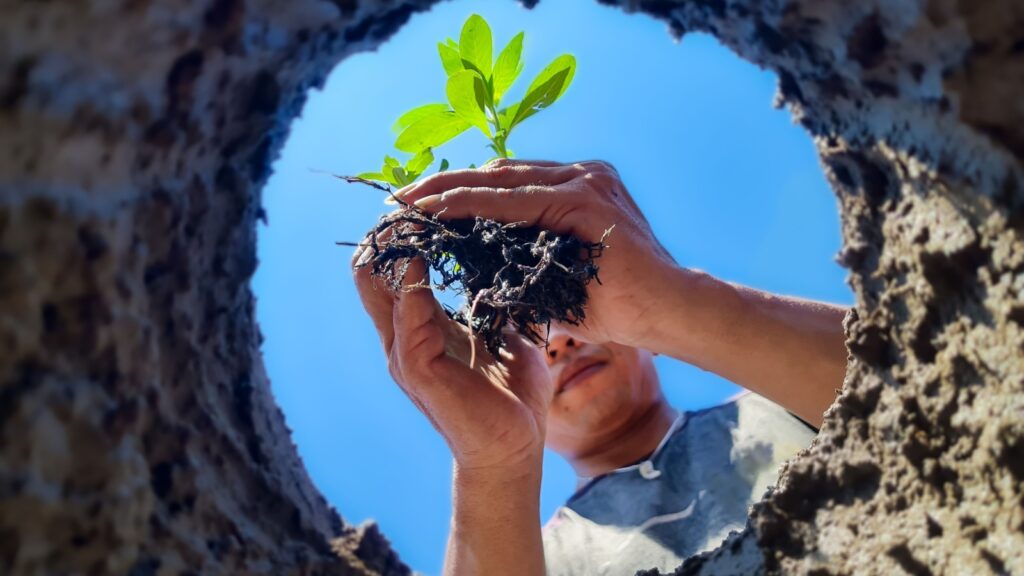From innovative carbon capture startups to major cities running on renewable energy, Canada is shaping a more sustainable future, often without global fanfare. Whether it is Indigenous-led clean energy projects or tech breakthroughs that help other countries reduce emissions, Canada’s commitment to the environment is being written into the very foundation of its economy. Here are 20 ways Canada is pioneering the green economy:
Vancouver’s 100% Renewable Energy Strategy
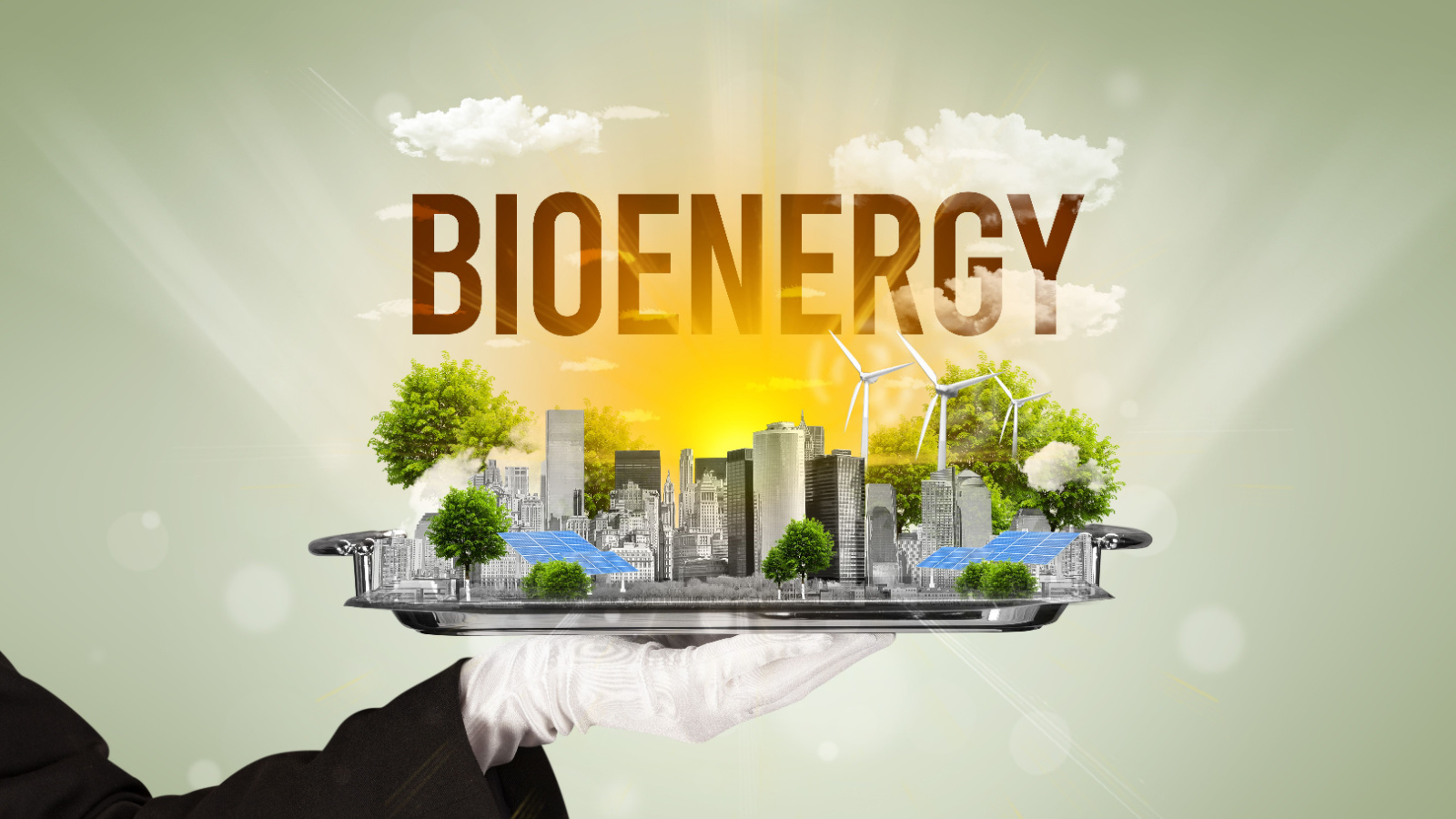
Vancouver is on track to become one of the world’s first major cities to run entirely on renewable energy. Its Greenest City Action Plan aims for 100% renewable sources in electricity, heating, and transportation by 2050. Already, 99% of British Columbia’s electricity comes from hydro, and the city is investing in electric buses, retrofitting buildings, and expanding bike infrastructure. At the same time, Vancouver’s model is being studied globally as an example of urban planning aligned with climate action.
CarbonCure Technologies Turning Concrete Into a Carbon Sponge
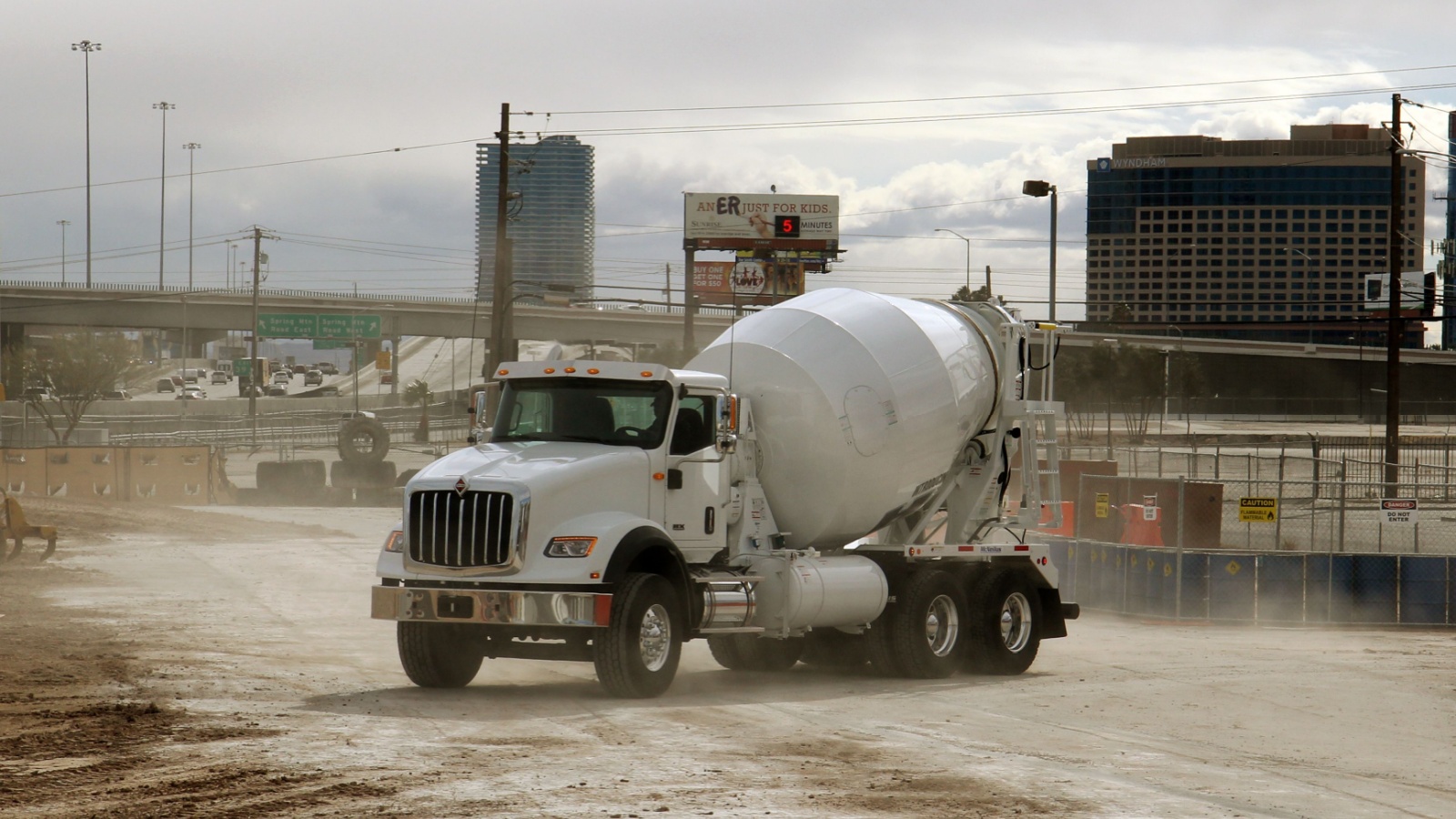
Based in Halifax, CarbonCure is revolutionizing the concrete industry by injecting captured carbon dioxide into concrete mixes, which permanently traps emissions and makes the final product stronger. With the construction sector responsible for 8% of global CO₂ emissions, this technology has global implications, and CarbonCure’s solution is already being used in projects across North America. It has even been backed by Bill Gates’ Breakthrough Energy Ventures. Quietly, this Canadian firm is turning one of the world’s dirtiest materials into a carbon sink.
Indigenous Clean Energy Leadership
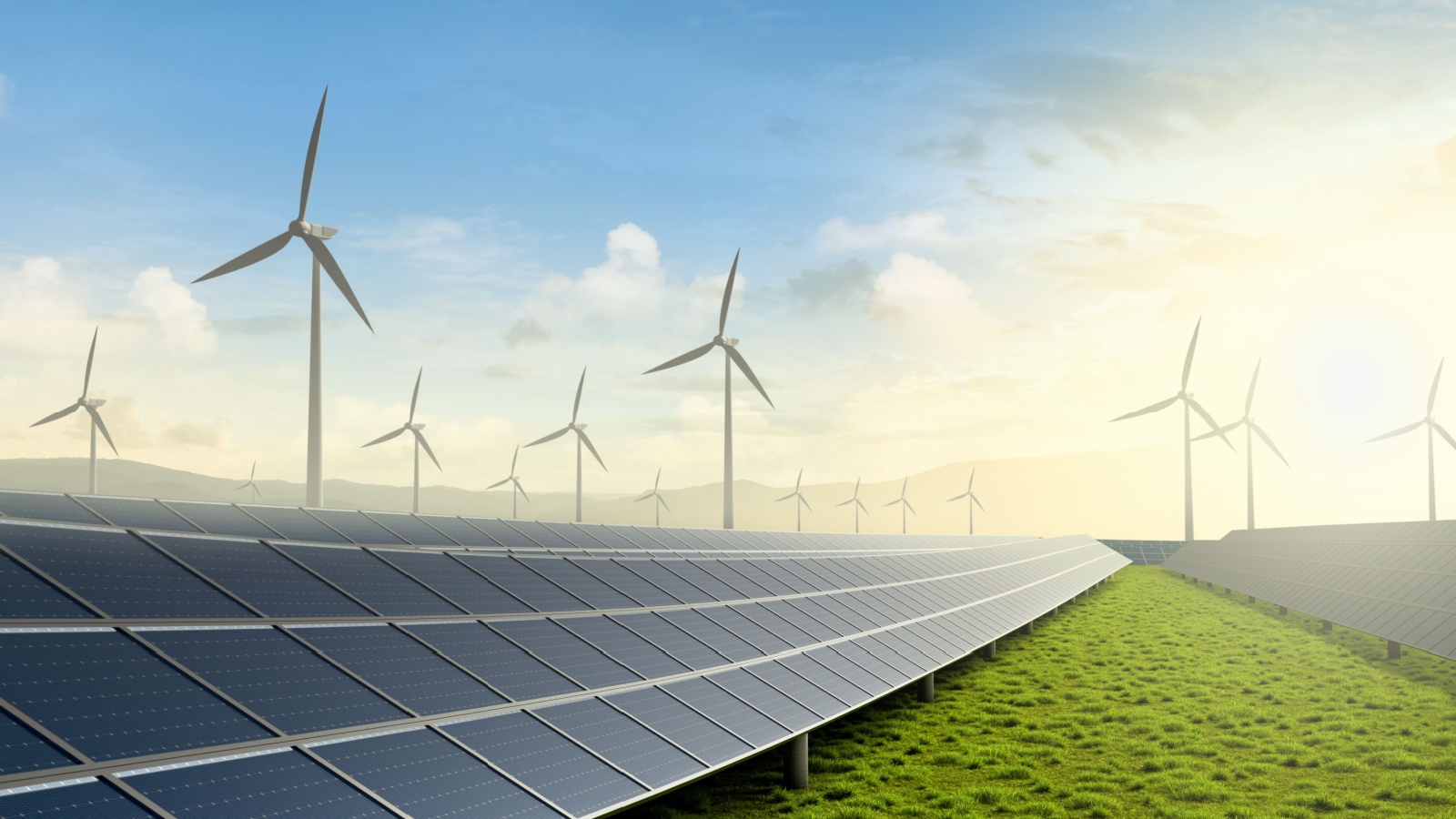
Across the country, Indigenous communities are leading the charge in renewable energy development, from solar and wind to hydro and biomass. Projects like the T’Sou-ke First Nation’s solar microgrid in British Columbia or the Pikangikum First Nation’s hydro project in Ontario are setting examples for community-led, culturally rooted sustainability. Many of these initiatives are designed to replace diesel generators in remote areas, creating both environmental and economic benefits. First Nations are building Canada’s green economy that are blending ancestral knowledge with cutting-edge clean tech to drive lasting change.
Toronto’s Net-Zero Buildings Boom
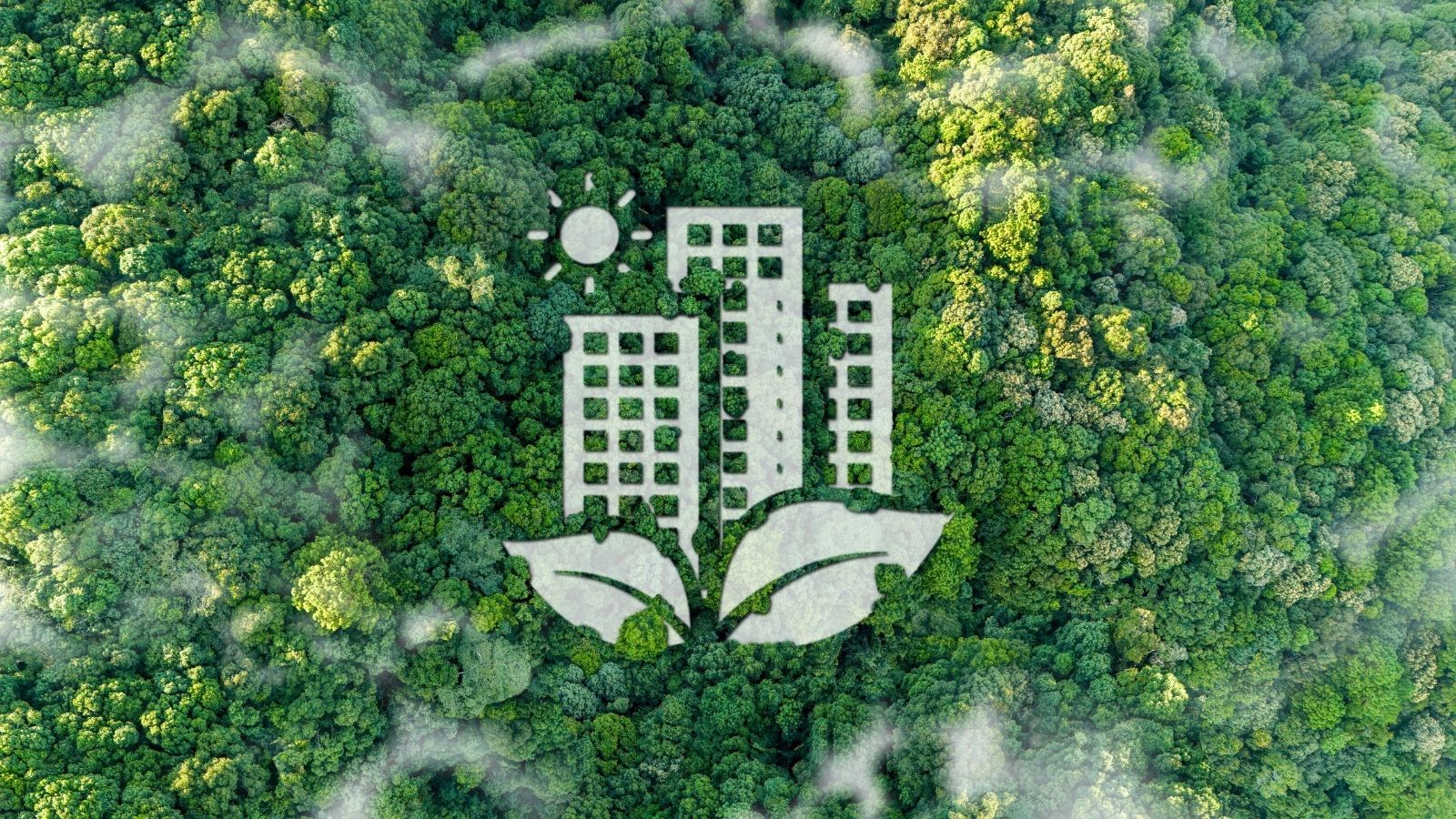
Toronto is becoming a North American leader in green architecture, with a growing number of buildings certified to net-zero or passive house standards. The Toronto Green Standard mandates energy efficiency in new developments, and the city is investing in deep energy retrofits for aging housing stock. Innovative projects like The Arbour, Canada’s first tall wood, net-zero carbon institutional building, are changing what sustainable construction looks like. By setting aggressive municipal targets, Toronto is turning green building from a niche into the norm and positioning itself as a magnet for climate-forward design firms and investors.
Canada’s Clean Hydrogen Push
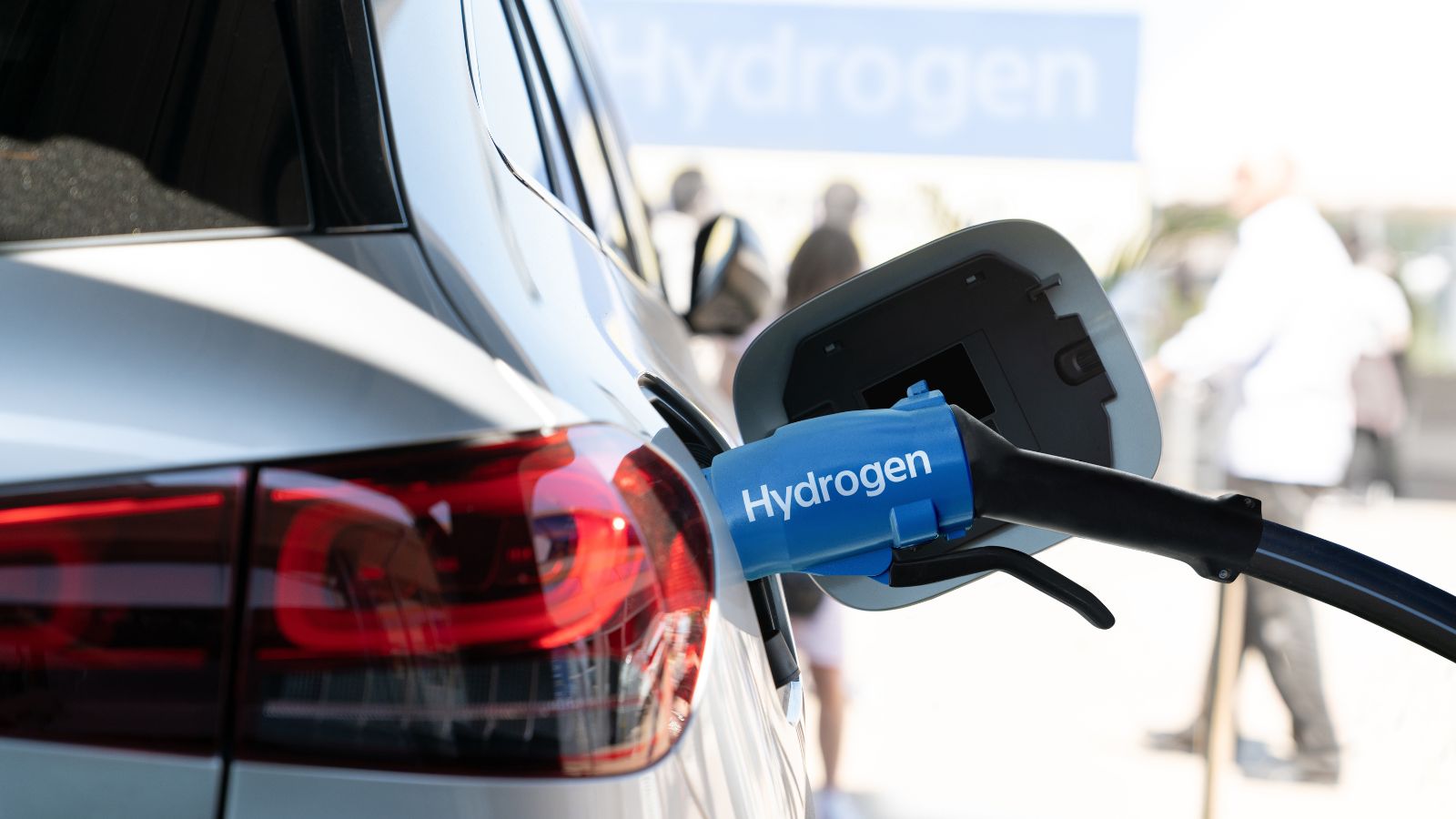
Canada is betting big on hydrogen as a clean fuel of the future. With its abundant hydropower and technical expertise, the country is uniquely positioned to produce green hydrogen at scale. Alberta and Quebec are leading the charge, developing hydrogen hubs for domestic use and export. In 2022, Canada signed a major hydrogen deal with Germany, signaling international demand for its clean energy. This pivot toward hydrogen could not only decarbonize industries like steel and transport but also become a major economic driver, putting Canada at the forefront of a low-carbon energy market.
Quebec’s Electrification of Transportation
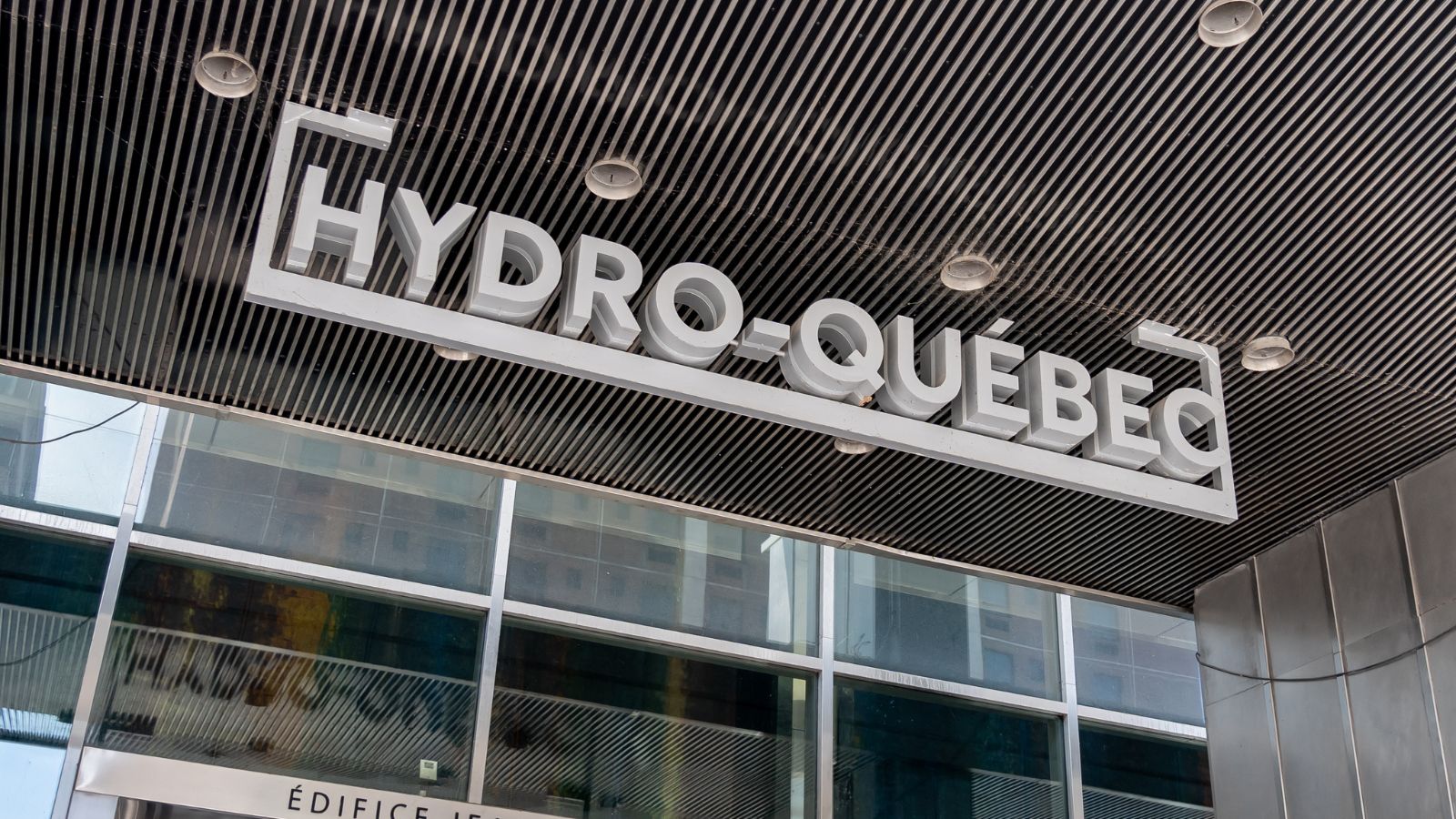
Quebec has taken bold steps toward an electric future, banning the sale of new gas-powered cars by 2035 and investing heavily in EV infrastructure. Hydro-Québec powers the province with clean energy, making the shift to electric vehicles especially impactful. The government offers some of the country’s best EV incentives, and public transit systems are transitioning to electric fleets. Quebec is decarbonizing and also building a domestic EV supply chain, including battery recycling and component manufacturing.
Canada’s Carbon Pricing Leadership
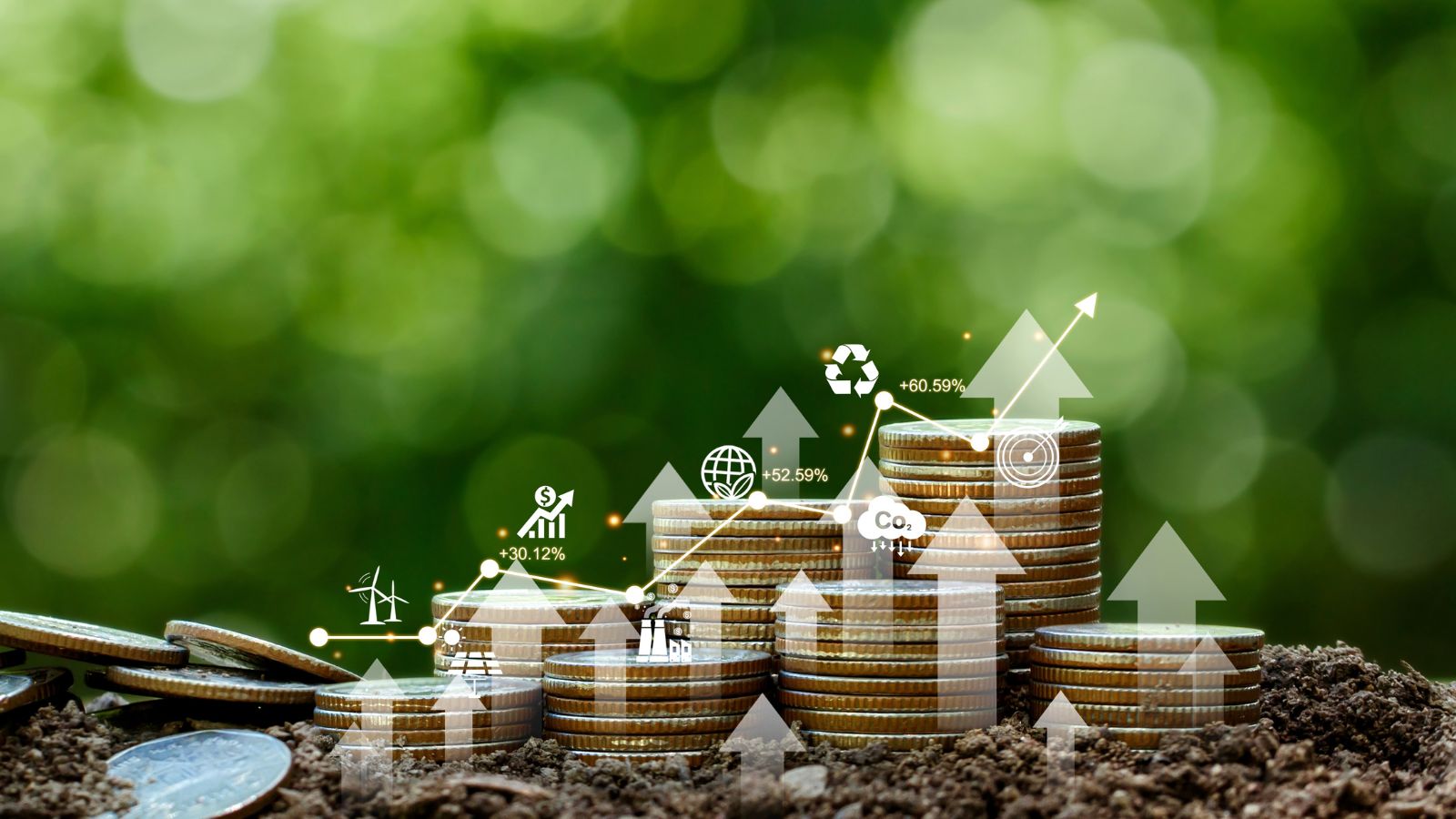
While controversial in some corners, Canada’s carbon pricing strategy is one of the most comprehensive in the world. Implemented nationally in 2019, it puts a rising price on greenhouse gas emissions, pushing industries to innovate or pay. The system includes rebates for households and a framework for industrial emitters, creating both economic and environmental incentives. The IMF and UN have also praised Canada’s model as a potential template for global policy. By assigning real value to pollution, Canada is reshaping market behavior and demonstrating that environmental accountability can be woven into a functioning economy.
BC’s Forest Carbon Economy
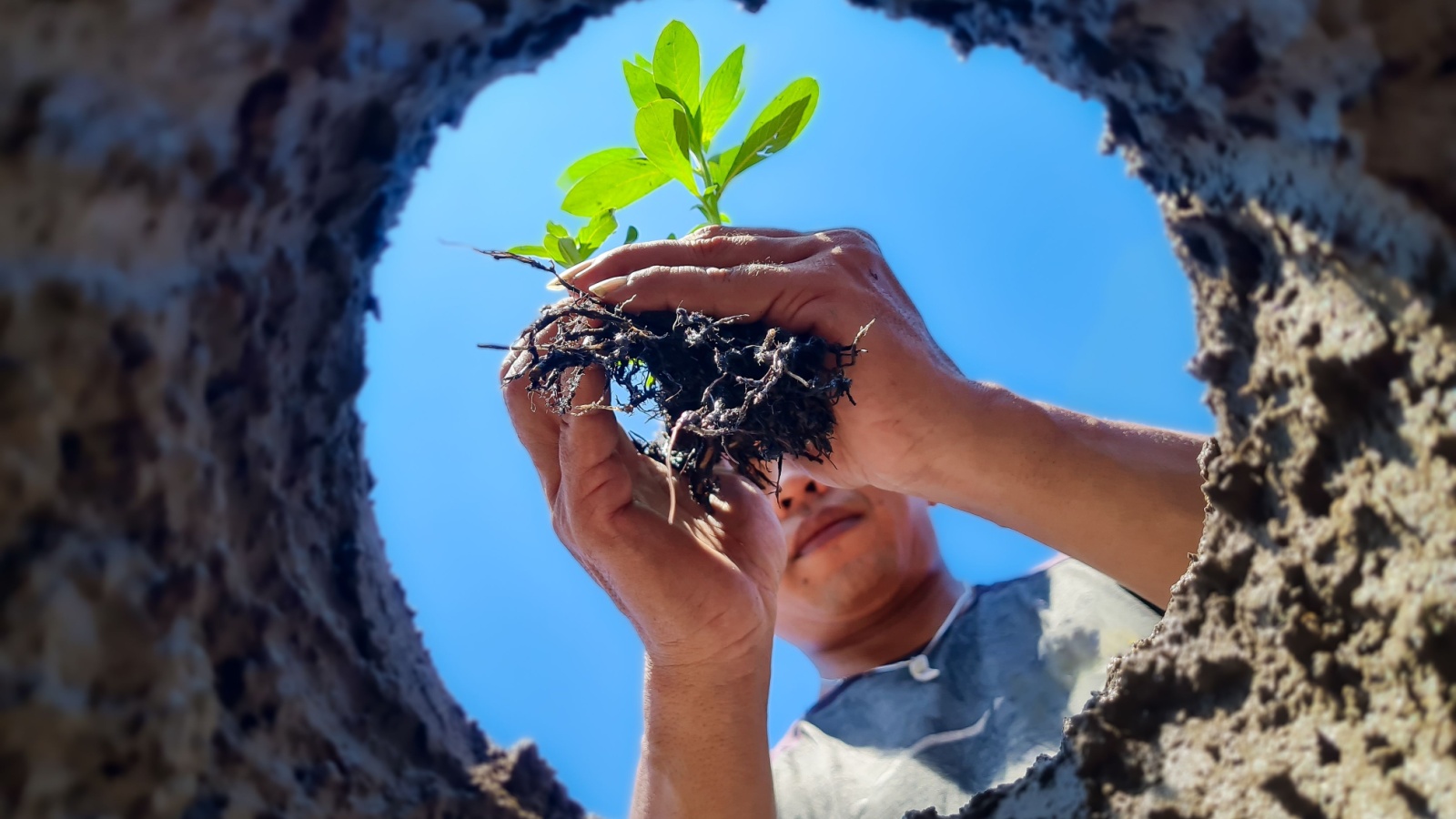
British Columbia is turning its forests into climate assets through improved forest management, reforestation, and carbon offset programs, which are helping the province capture CO₂ while creating jobs in conservation, forestry, and carbon accounting. Companies can now buy BC-based carbon offsets through government-regulated markets, supporting initiatives that restore degraded ecosystems. Meanwhile, local communities and First Nations earn revenue from managing forest-based carbon sinks. This provides a promising blueprint for rural economies looking to thrive in a low-carbon future.
Alberta’s Transition to Renewable Energy
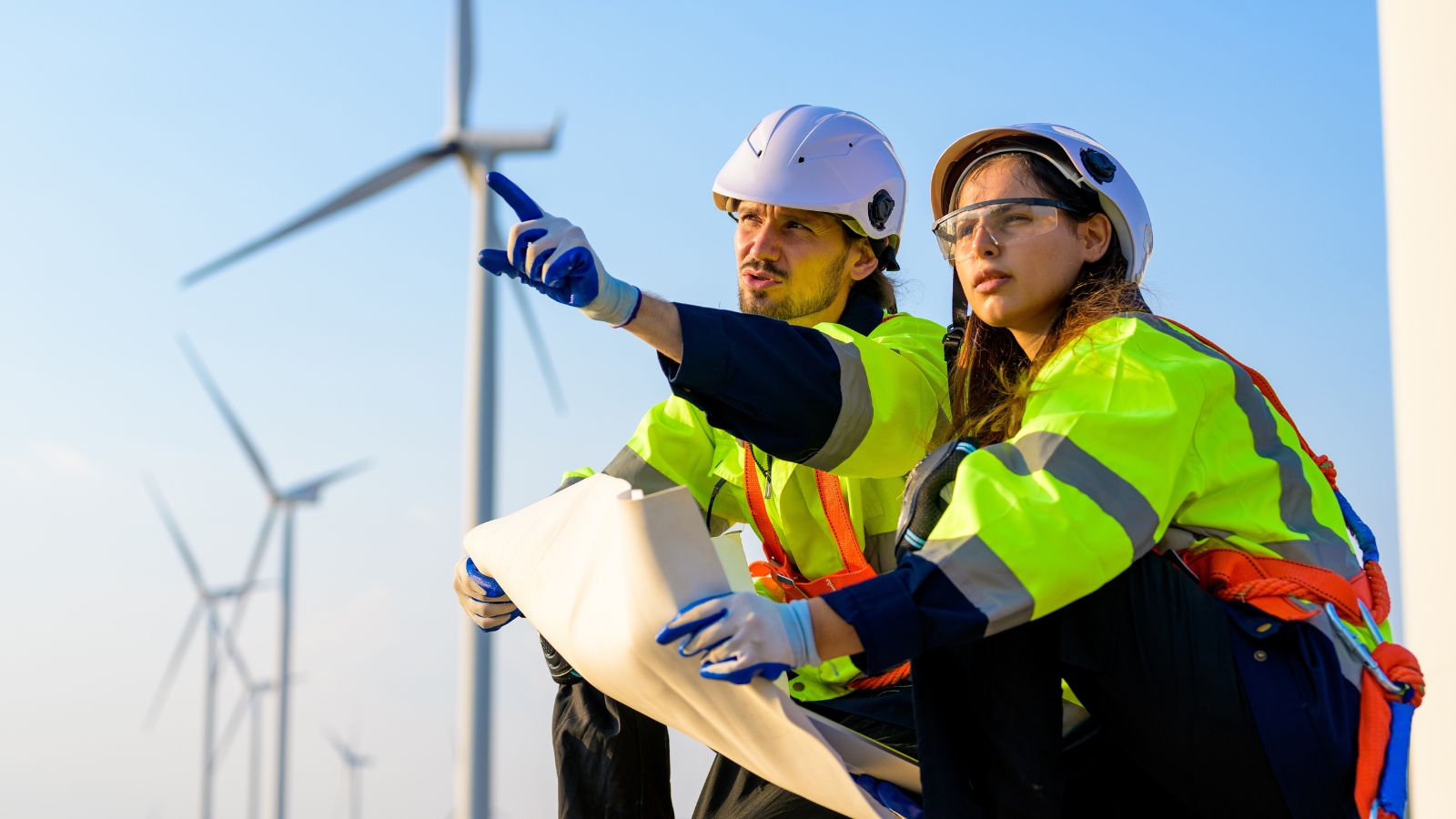
Known for its oil sands, Alberta is now one of Canada’s fastest-growing renewable energy markets. In 2022, it added more wind and solar capacity than any other province. The deregulated electricity market has encouraged private investment, and companies like Amazon and Budweiser are signing power purchase agreements with Alberta wind farms. While oil and gas still dominate, there is a growing recognition that renewables are part of the province’s economic future. Alberta’s pivot shows how fossil fuel regions can diversify and compete.
The Circular Economy in Guelph
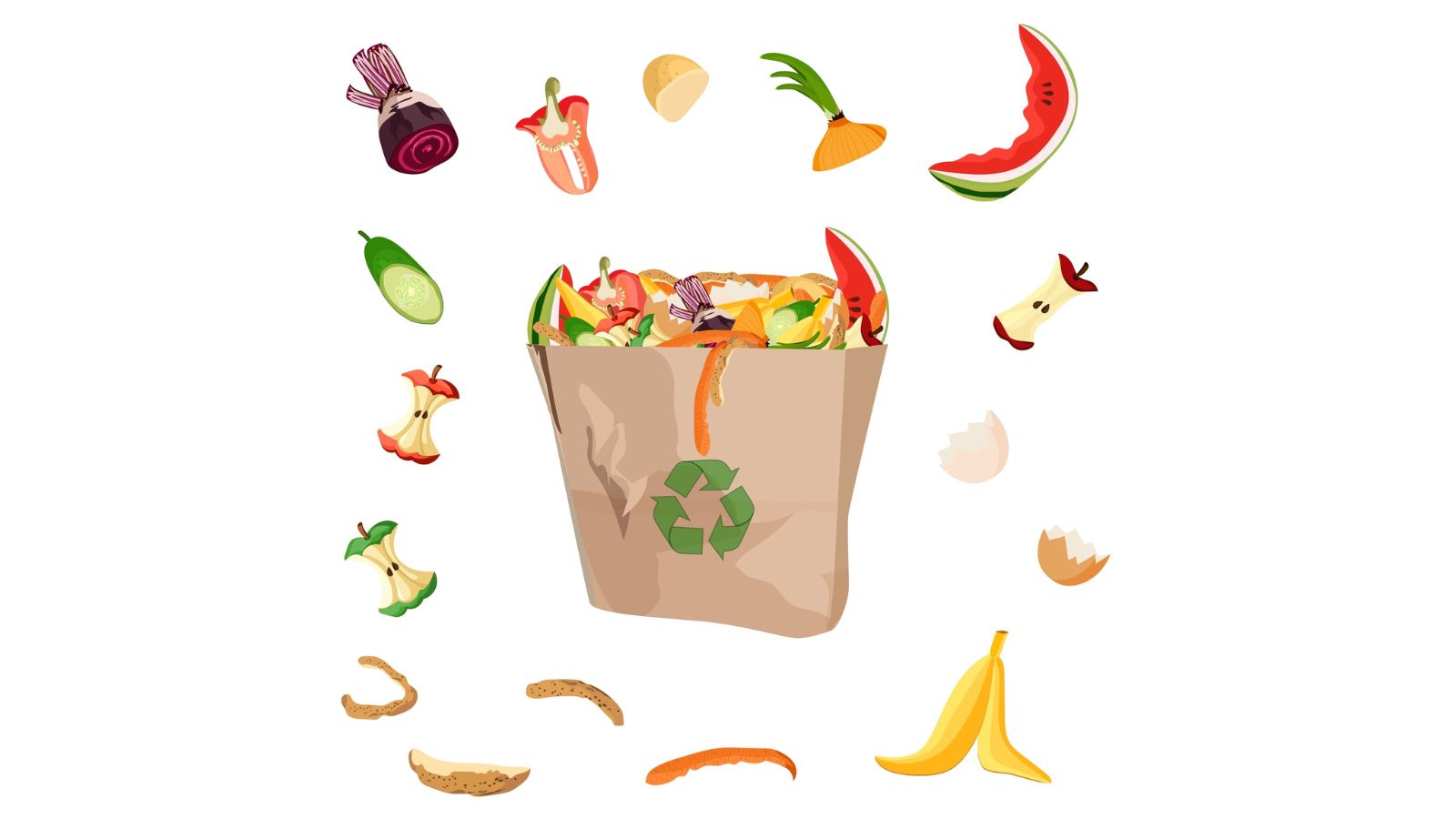
The city of Guelph, Ontario, is becoming a model for the circular economy, where materials are reused, not wasted. Through various initiatives, Guelph is creating North America’s first circular food economy, reducing waste from farm to fork. Local businesses are rethinking packaging, upcycling food scraps, and sharing data to minimize environmental impact. This is a bold municipal experiment with national implications, showing how cities can close loops, save resources, and build local resilience, all while spurring innovation and green jobs.
Building the EV Battery Supply Chain in Québec
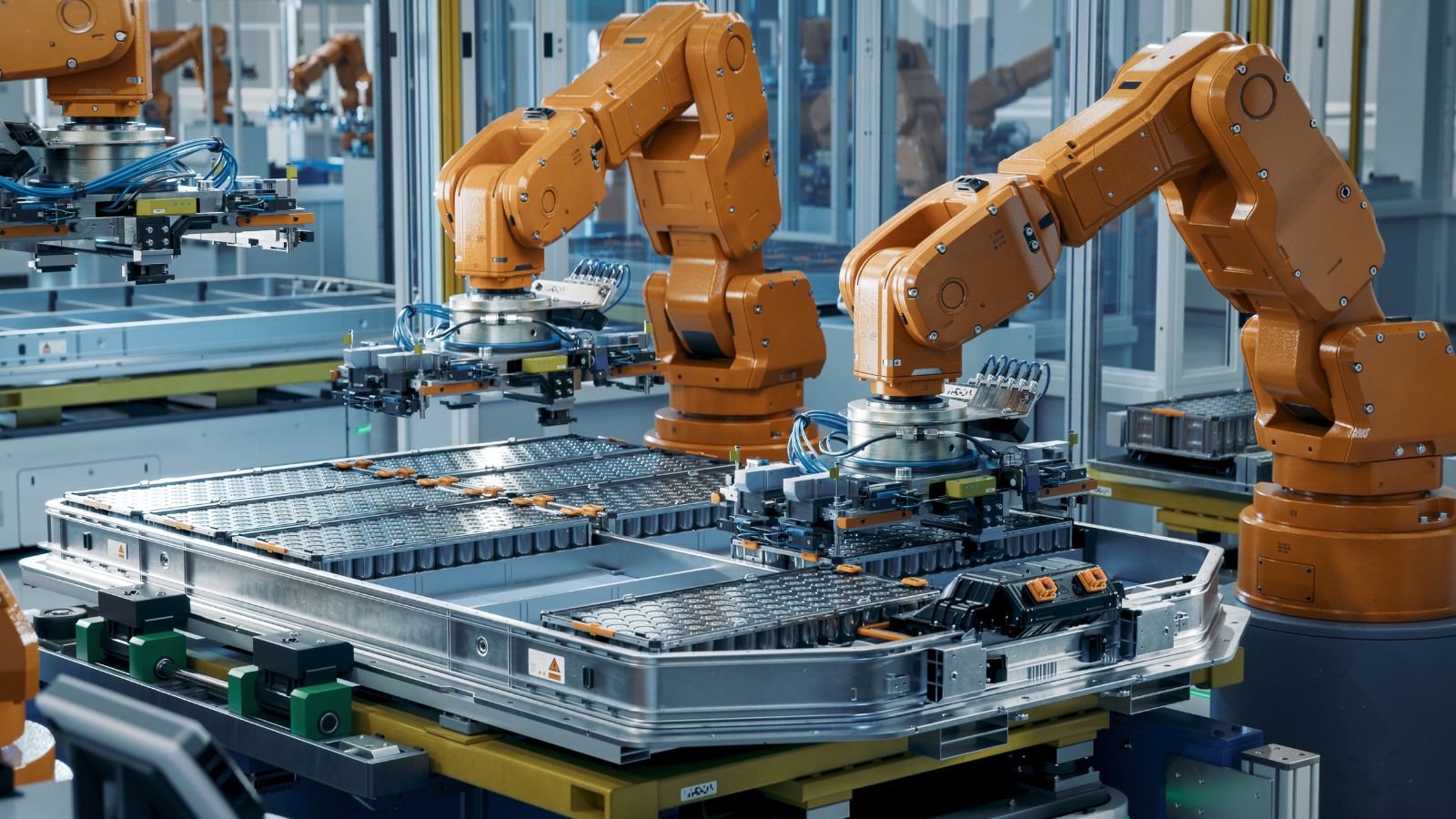
Québec is transforming into a North American EV battery powerhouse. Leveraging abundant hydroelectricity, the province has attracted over $8 billion in investments, including Northvolt’s 60 GWh plant and Ford’s C$1.2 billion cathode factory. The government-backed Stratégie québécoise de développement de la filière batterie is orchestrating a full-value chain, from minerals to manufacturing to recycling. With Hydro-Québec powering both production and charging infrastructure, Québec may soon rival global players in sustainable mobility.
Linde’s $2 Billion Clean Hydrogen Hub in Alberta

In Alberta, industrial gases giant Linde is investing over $2 billion to build Canada’s largest clean hydrogen facility. Set to supply Dow’s upcoming Path2Zero ethylene cracker, the plant will also capture and sequester over 2 million metric tons of CO₂ annually. Slated for completion in 2028, the project will be a green industrial anchor that also pairs job creation with major emission cuts. It demonstrates that heavy industry and climate action can coexist, showing global peers how resource-rich regions can leverage existing infrastructure to fast-track real-world clean energy solutions.
Hydrogen Refueling Network from Edmonton to Calgary
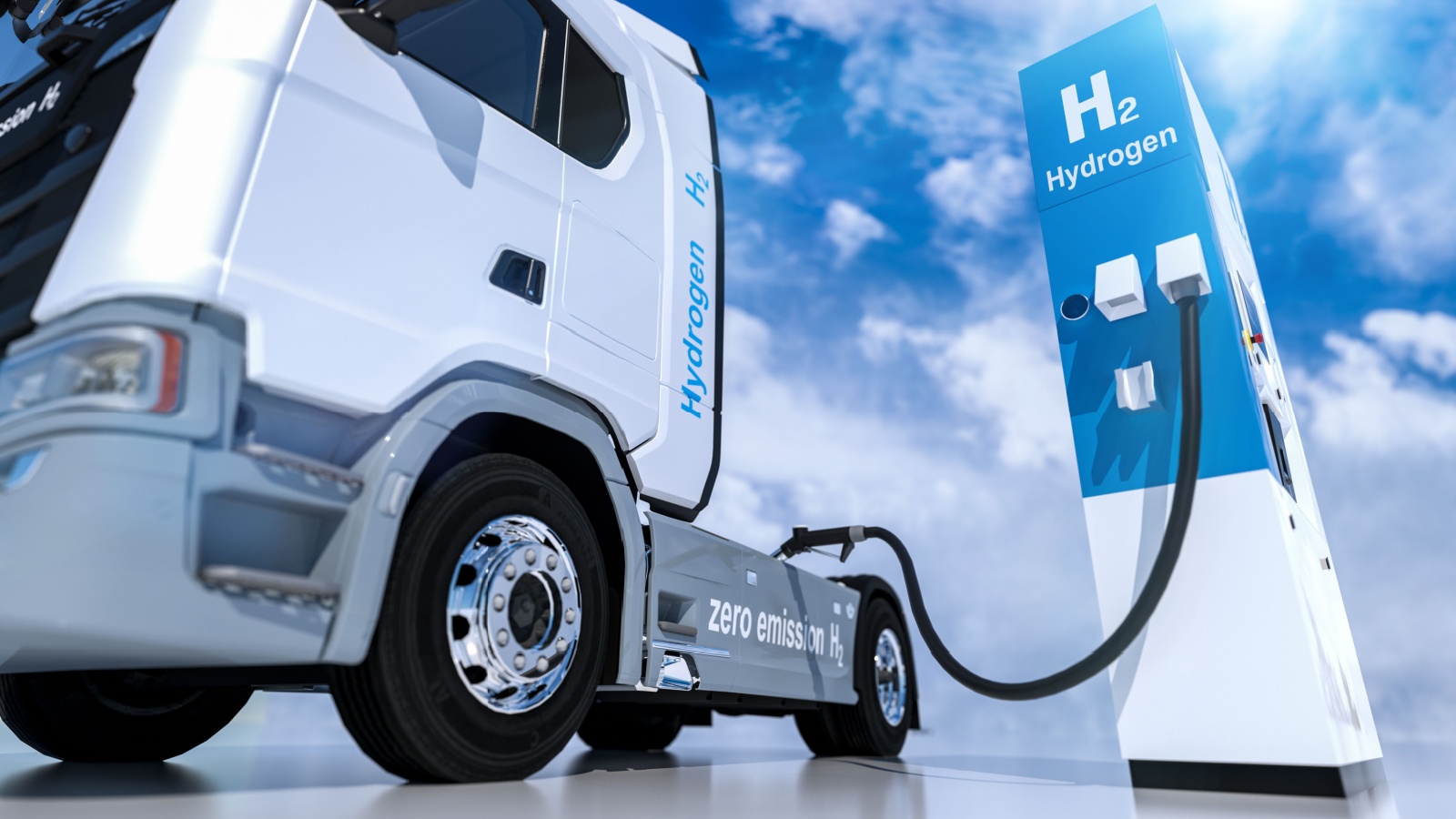
Alberta is building one of Canada’s first commercial hydrogen refueling corridors. Air Products plans to open stations for heavy trucks, buses, and light-duty fuel cell vehicles between Edmonton and Calgary, with the first live by 2025. Supported by an existing hydrogen production and pipeline network, this initiative is accelerating the province’s energy transition, offering concrete infrastructure for a low-carbon transport future. As Canada scales beyond concept to connection, Alberta is showing that hydrogen mobility can become practical, not hypothetical.
Canada-Germany Hydrogen Export Corridor
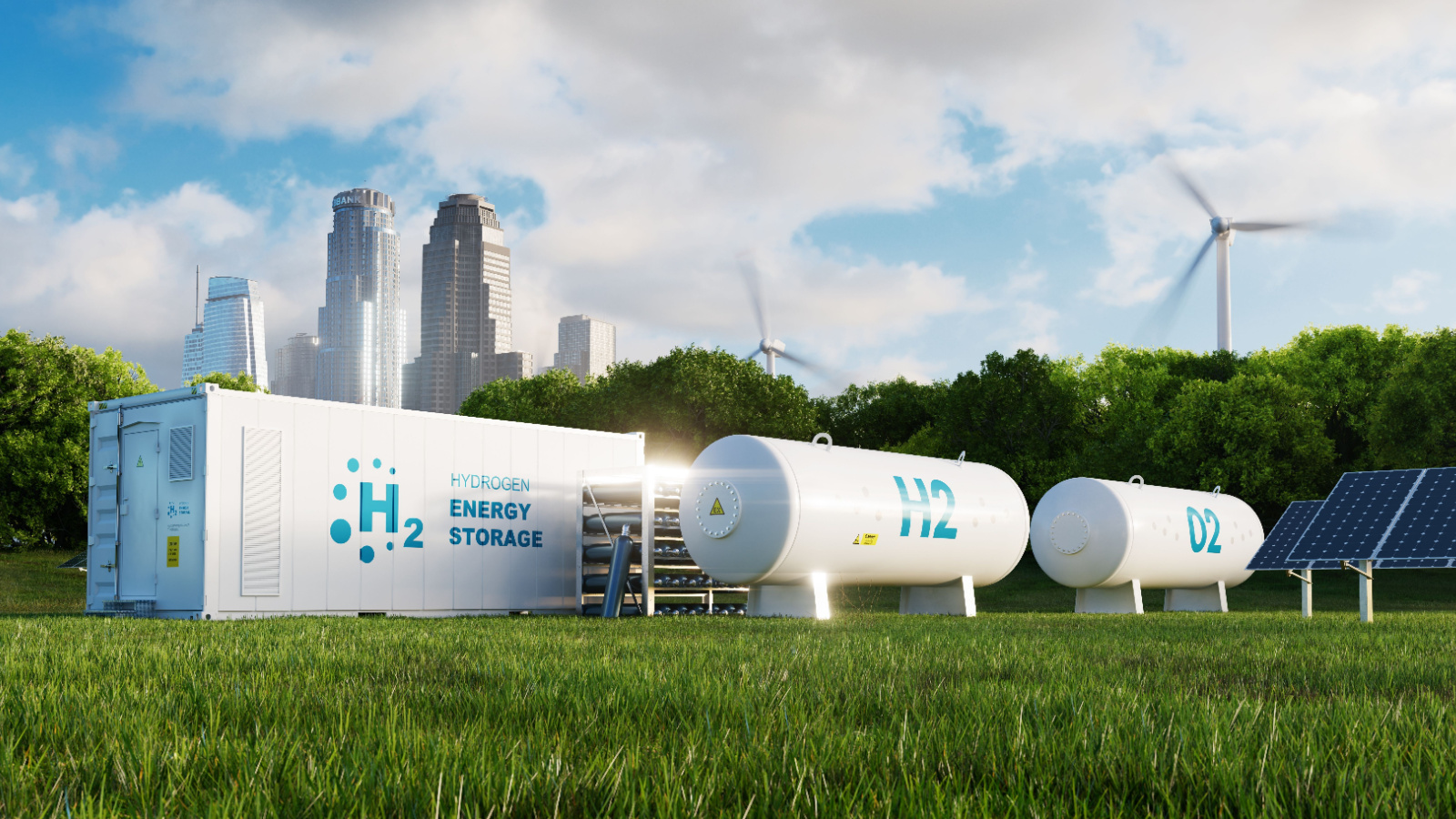
Canada and Germany are collaborating on a transatlantic clean hydrogen trade corridor, cemented by a 2022 hydrogen alliance and a March 2024 MoU. That includes a $300 million Canadian commitment, matched by Germany, to power competitive auctions between producers and buyers via Germany’s H2Global framework. As the EU looks to decouple from Russian energy, Canadian hydrogen could become a crucial inflection point for climate-safe supply chains. It is nascent, but it is also strategic as it signals that Canada wants to export energy-driven climate solutions.
Advancing Hydrogen Innovation with Tax Credits and Projects

Since launching its hydrogen strategy in 2020, Canada has sparked interest in 80+ low-carbon hydrogen projects, representing over CA$100 billion in potential investment. The government passed the Clean Hydrogen Investment Tax Credit, part of a broader $93 billion clean technology package, through 2035. These incentives aim to fast-track production, infrastructure, and commercialization across regions. While challenges remain around infrastructure and clean-hydrogen definitions, the scale of investment and policy alignment showcases Canada’s ambition.
Circular Food Systems in Guelph

Guelph’s pioneering Our Food Future initiative is North America’s first circular food economy model. Over four years, it diverted 75,500 tonnes of food waste and upcycled 126,000 meals, from farms to city tables. The city launched innovation labs, public awareness tools, and business supports to deconstruct food waste entirely, acting as a microcosm of how local policies can rethink systems, and making sustainable food accessible, scalable, and community-driven.
Enerkem’s Biorefinery Turned Carbon Recycler

In Québec, Enerkem is pushing plastic and waste recycling into fuel territory. Its Varennes biorefinery will convert 200,000 tonnes of non-recyclable waste into 125,000 tonnes of biofuels annually, powered by green hydrogen and supported by major industry partners. Rather than burning or landfilling refuse, Enerkem transforms it into clean energy, reducing emissions in transport and energy. This is one of Canada’s most compelling examples of turning trash into climate action-engineered fuel for scale.
Burnside Biodynamics – Agricultural Waste, Meet Innovation

This Alberta-based company is doing something extraordinary and turning cow manure and crop waste into clean energy. Burnside Biodynamics uses advanced anaerobic digestion to create renewable natural gas, which is then sold back into the grid. Their approach not only reduces methane emissions from farming but also creates an additional revenue stream for local producers. It’s a win-win that is gaining attention across North America, and with climate pressures intensifying, Burnside’s scalable model could be a blueprint for rural economies worldwide.
Drones That Replant the Planet
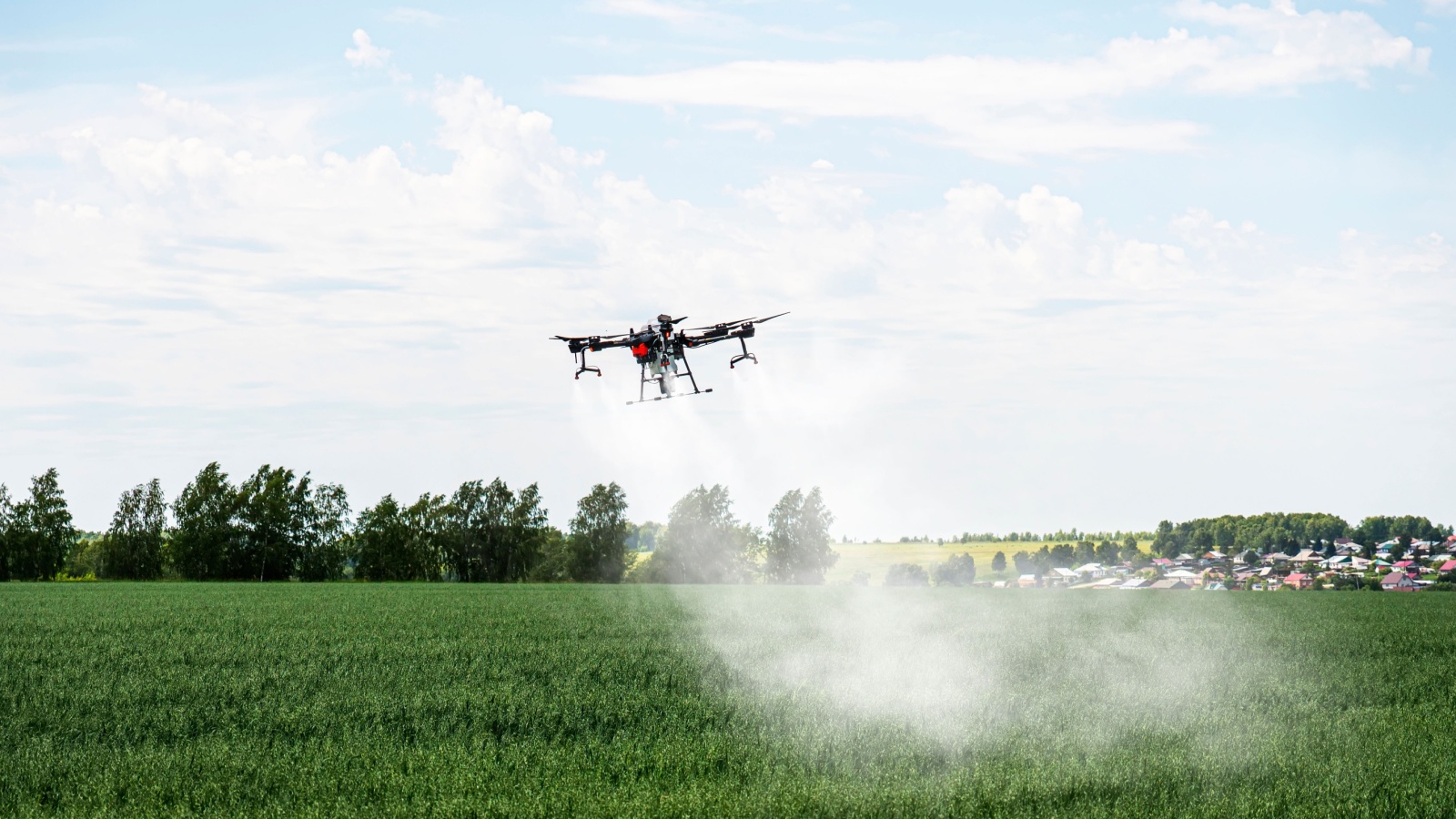
Toronto’s Flash Forest is changing the way we think about reforestation. Using aerial drones and seed-pod technology, the company can plant trees at 10 times the speed of manual efforts and at a fraction of the cost. They are already reforesting areas devastated by wildfires in Canada and are preparing to expand into international markets. It’s not just about planting trees, but also about restoring biodiversity and carbon balance using high-tech tools, all made in Canada.
Kal Tire – Mining’s Unexpected Sustainability Leader

A giant in the tire industry, Kal Tire has quietly become one of the mining sector’s most sustainable players. Through its tire recycling and retreading programs, it reduces waste from mining operations and cuts down the carbon cost of constant replacements. The company’s facility in Chile is even pioneering thermal conversion to turn scrap tires into reusable oil, steel, and carbon black, as a Canadian innovation reshapes a notoriously unsustainable industry from the inside out.
21 Products Canadians Should Stockpile Before Tariffs Hit

If trade tensions escalate between Canada and the U.S., everyday essentials can suddenly disappear or skyrocket in price. Products like pantry basics and tech must-haves that depend on are deeply tied to cross-border supply chains and are likely to face various kinds of disruptions
21 Products Canadians Should Stockpile Before Tariffs Hit
